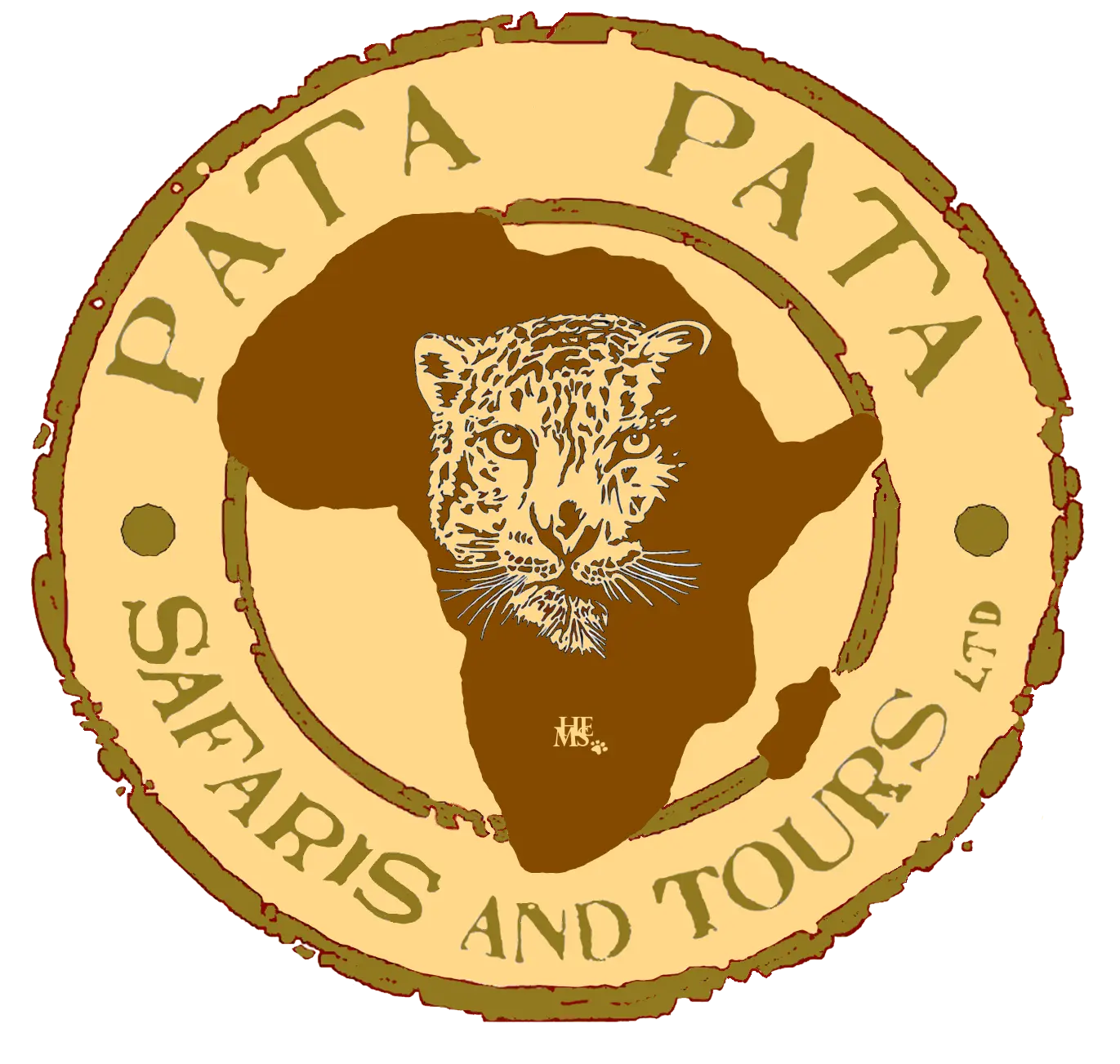
ARUSHA NATIONAL PARK
It is the closest park to the city of Arusha as it is only 35 km away. Approximately, you can reach it in about 40 minutes by car. It extends for 552 km².
It is often not taken into consideration by safari lovers but it is, in reality, one of the richest parks with the most varied landscape in all of Tanzania. In fact, this park presents very varied environments, with different bands of vegetation which constitute habitats for very numerous animal species.
Inside it is possible to admire: the Ngurdoto Crater, surrounded by forests, whose walls enclose marshy land; the Momela Lakes, to the east, shallow lakes characterized by the presence of a rich variety of aquatic birds and, to the west, Mount Meru, 4566 m high. Its environment is a mix of lush forest and bare rock, where it is possible to admire a spectacular crater.
Animals to see: blue monkeys, flamingos, zebras, giraffes, buffaloes, dik-diks, waterbucks, knapsack, deer goats, hippos, elephants, hyenas, mongooses, warthogs, baboons, vervet monkeys and colobus monkeys. With a bit of luck it is also possible to spot leopards.


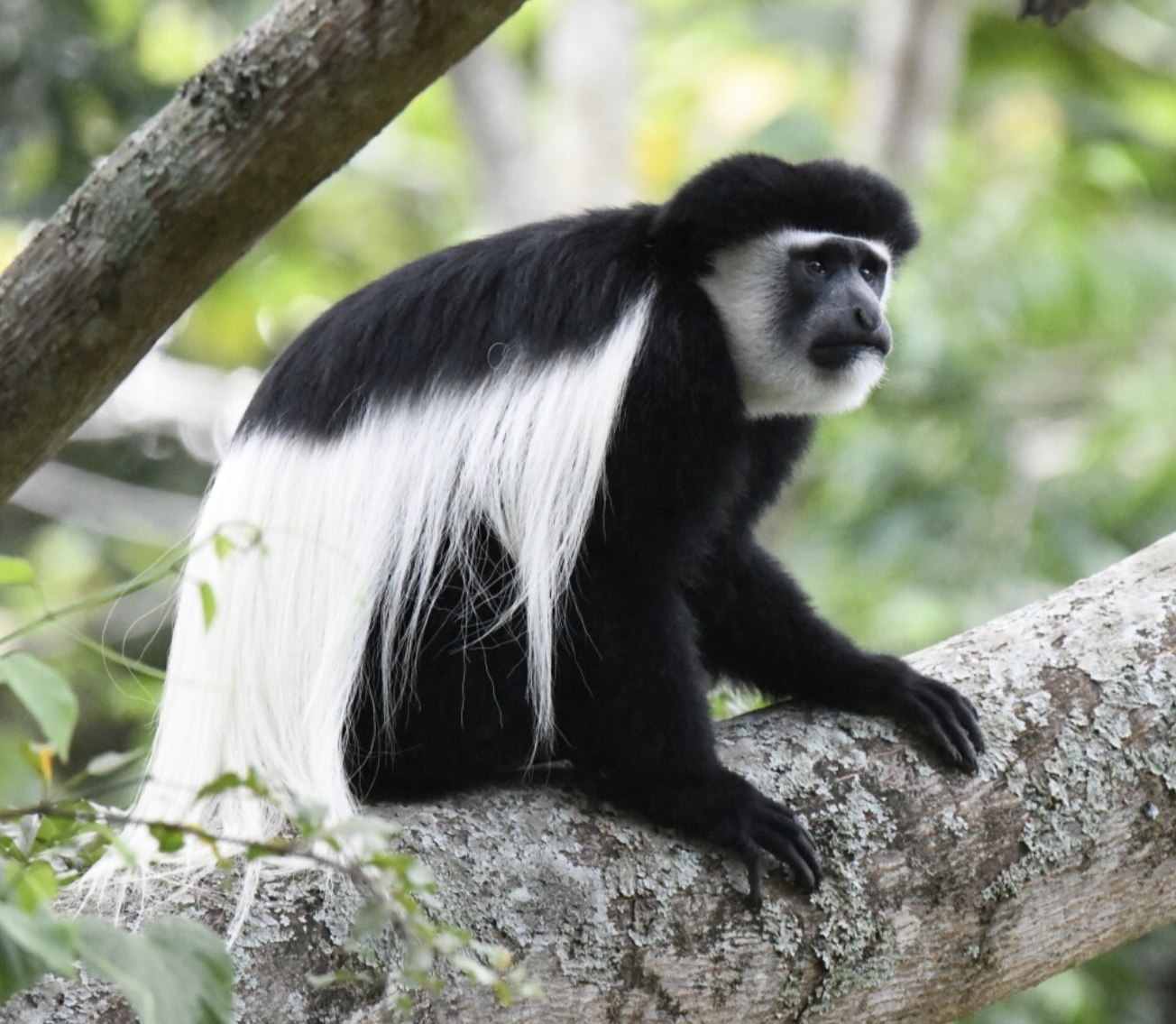
LAKE MANYARA NATIONAL PARK
Located 126 km from Arusha, it can be reached in 1h30 by car. It extends for 330 km² of which 200 km² are covered by the lake when, depending on the season, the level of its waters rises.
Lake Manyara is a landscape jewel and was also defined by Ernest Hemingway as “the loveliest I had seen in Africa”.
Its compact circuit offers a true microcosm and offers a unique safari experience, where you will find yourself pleasantly surrounded by very varied vegetation and the splendid lake. In fact, the vegetation features stretches of savannah, swamps and acacia forests which give rise to remarkably diversified habitats. It is also possible to spot numerous animals.
The park, which lies at an altitude between 900m and 1800m above sea level, is bordered to the west by the scenic western slope of the Rift Valley and, to the east, by the alkaline waters of Lake Manyara.
Animals to see: more than 400 species of birds, flamingos, cormorants, pelicans, storks, antelopes, buffaloes, elephants, blue monkeys, wildebeests, zebras, giraffes, lions, mongooses, dik-diks, hippos.
TARANGIRE NATIONAL PARK
Located 118 km from Arusha, it can be reached in 1h30 by car. It extends for 2850 km². The park is dotted with numerous gigantic baobabs and takes its name from the Tarangire river which flows through it. The landscape is green, but the earth is red and around the river there are swamps, floodplains and woods.
Tarangire is a typical dry season destination, especially between August and October, when it hosts a strong concentration of wildlife.
Furthermore, the park is the ideal place for birdwatching enthusiasts, particularly in the period from May to October, when it is possible to count more than 300 different species of birds.
Animals to see: more than 300 species of birds, buffalo, zebra, wildebeest, hartebeest, lesser kudu, eland, waterbuck, dik-dik, mongoose, gazelle, giraffe, impala, python, lion, elephant and, a times, leopards and rhinos.
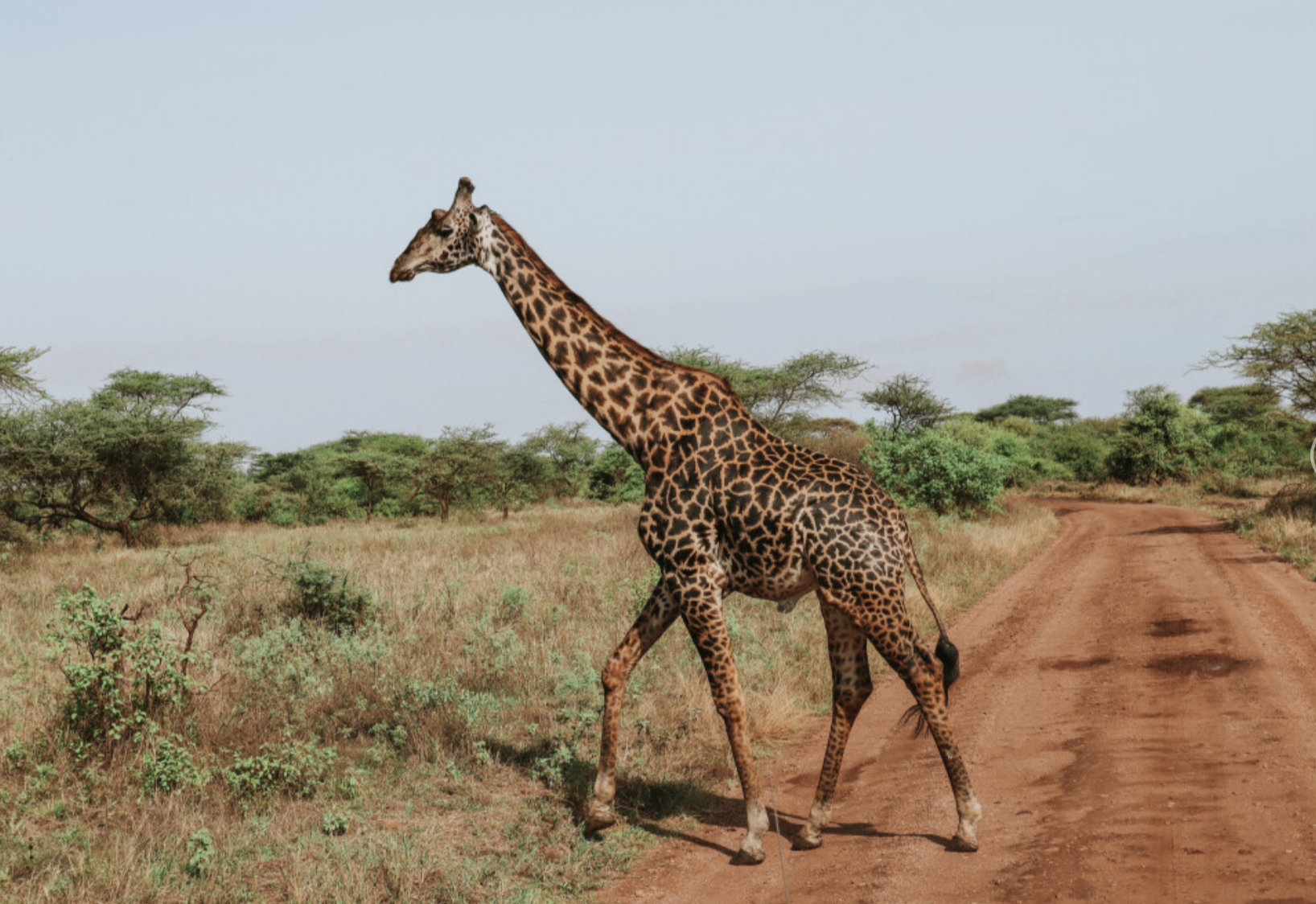
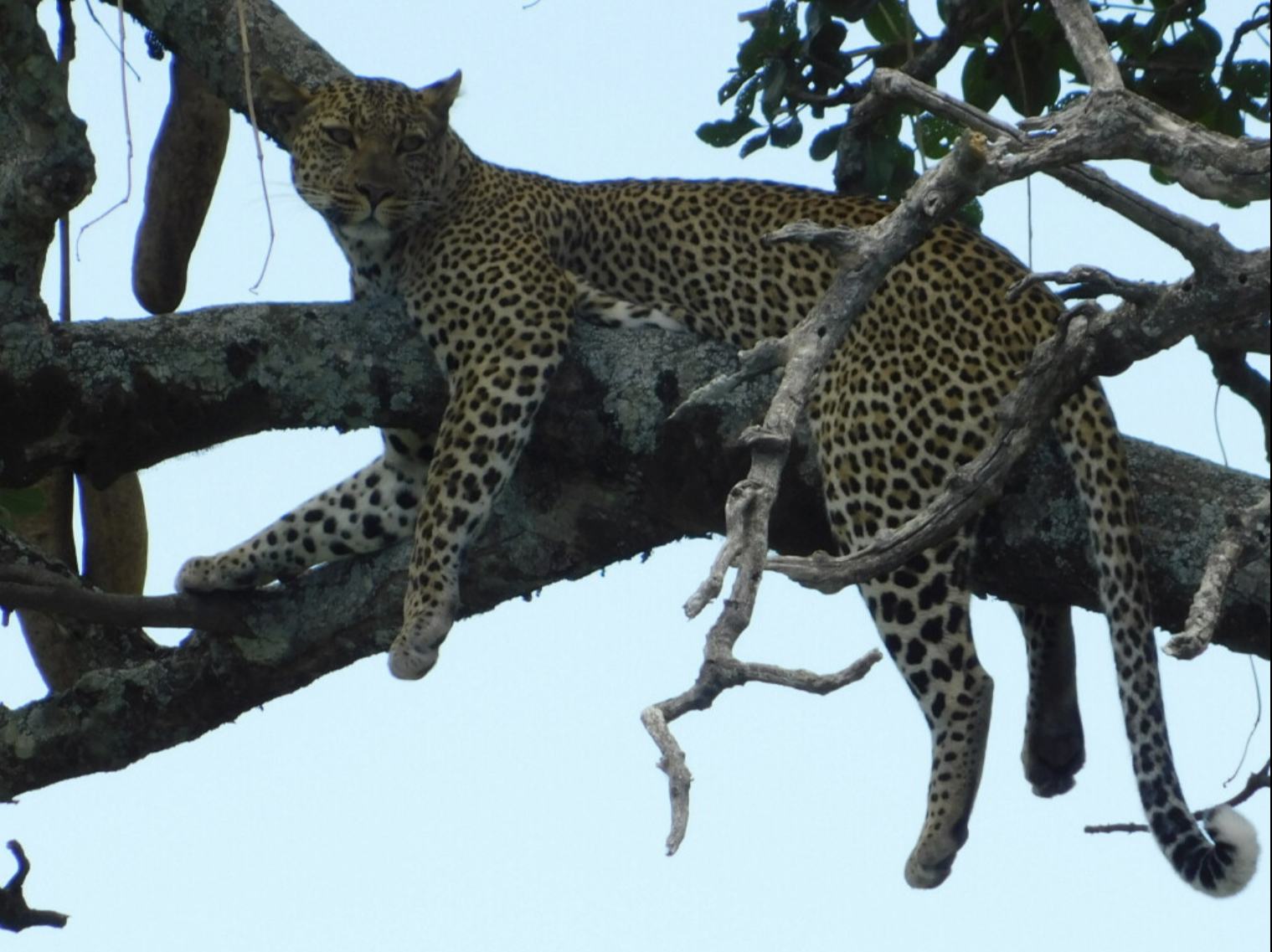
SERENGETI NATIONAL PARK
Located 335 km from Arusha it can be reached in 3h40 by car. It extends for 14,763 km². The Serengeti park is the oldest and most popular in Tanzania. It is famous for its beauty and, above all, for the migration which every year sees millions of wildebeests moving north and west to look for greener areas. The animals spend the dry season (approximately from July to October) in the protected area of the Masai Mara (in Kenya) and then move further south to await the new rains.
The vegetation of the park is very varied and you can witness the change of the savannah from the dry season, where the area is arid, to the rainy season, where everything transforms into a magnificent green carpet with wildflowers and wooded hills.
Animals to see: wildebeest, Thomson’s and Grant’s gazelles, eland, impala, knapsack, warthog, numerous varieties of birds (including vultures), eland, kongoni, zebra, giraffe, lion, cheetah, leopard, hyena, jackal .
NGORONGORO CONSERVATION AREA
Located 190 km from Arusha, it can be reached in 3 hours by car. It extends for 8,300 km².
The entire Ngorongoro Conservation Area has been declared a World Heritage Site by UNESCO.
In its central area is the Olduvai Gorge, a very important archaeological site where the remains of primitive men dating back to around 1.75 million years ago and several animal fossils dating back to the Stone Age were found.
The crater is approximately 20 km wide and is one of the largest calderas (sunken volcanoes) in the world. Its steep walls give rise, every day, to a surprising natural spectacle, where various animals roam.
Inside the park it will also be possible to meet the Masai, who enjoy the right to graze and live close to the animals.
Animals to see: black rhino, different species of birds, zebras, wildebeests, elephants, lions, buffaloes, hyenas, jackals, hippos, baboons, leopards, flamingos, cheetahs
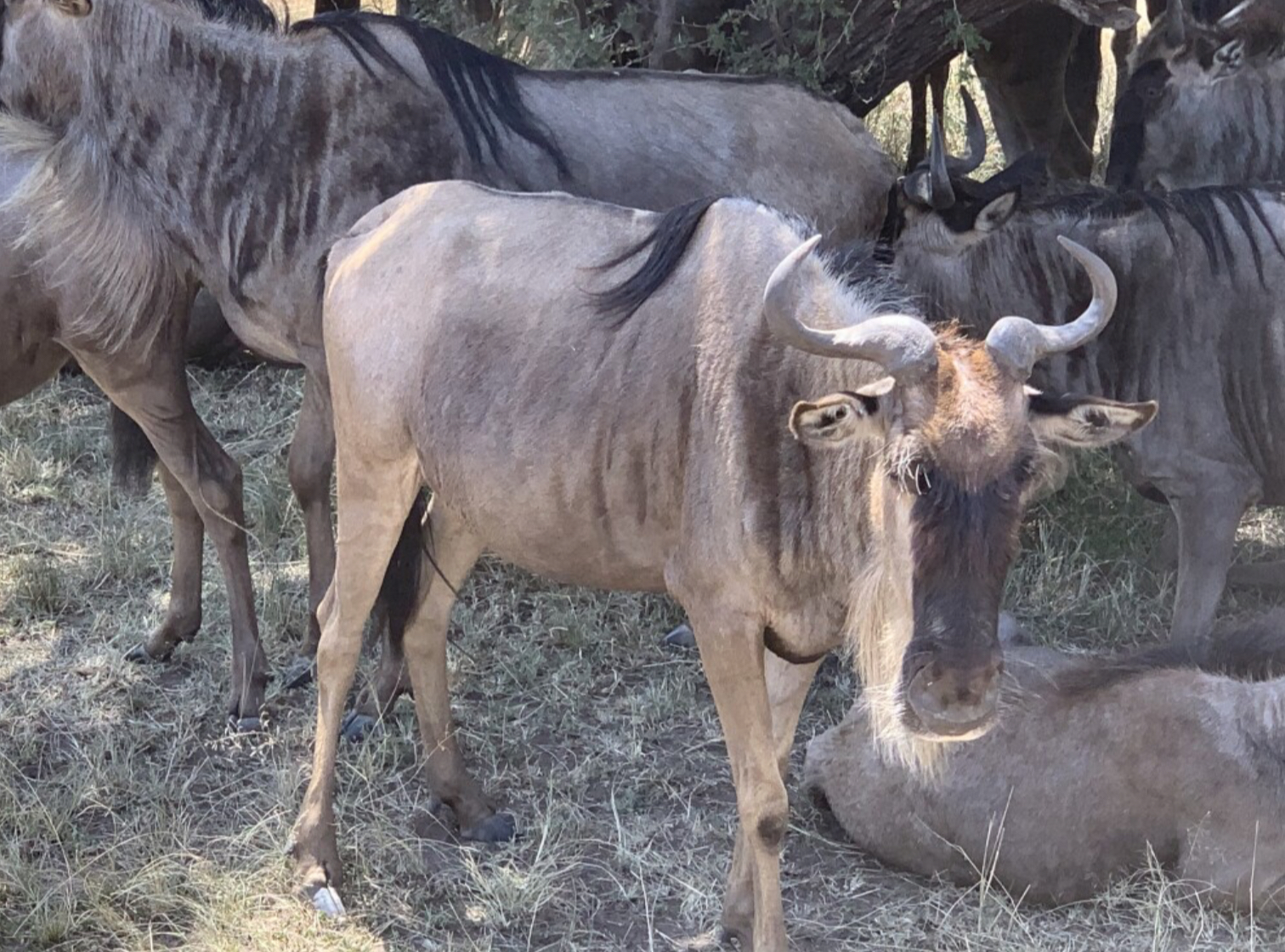
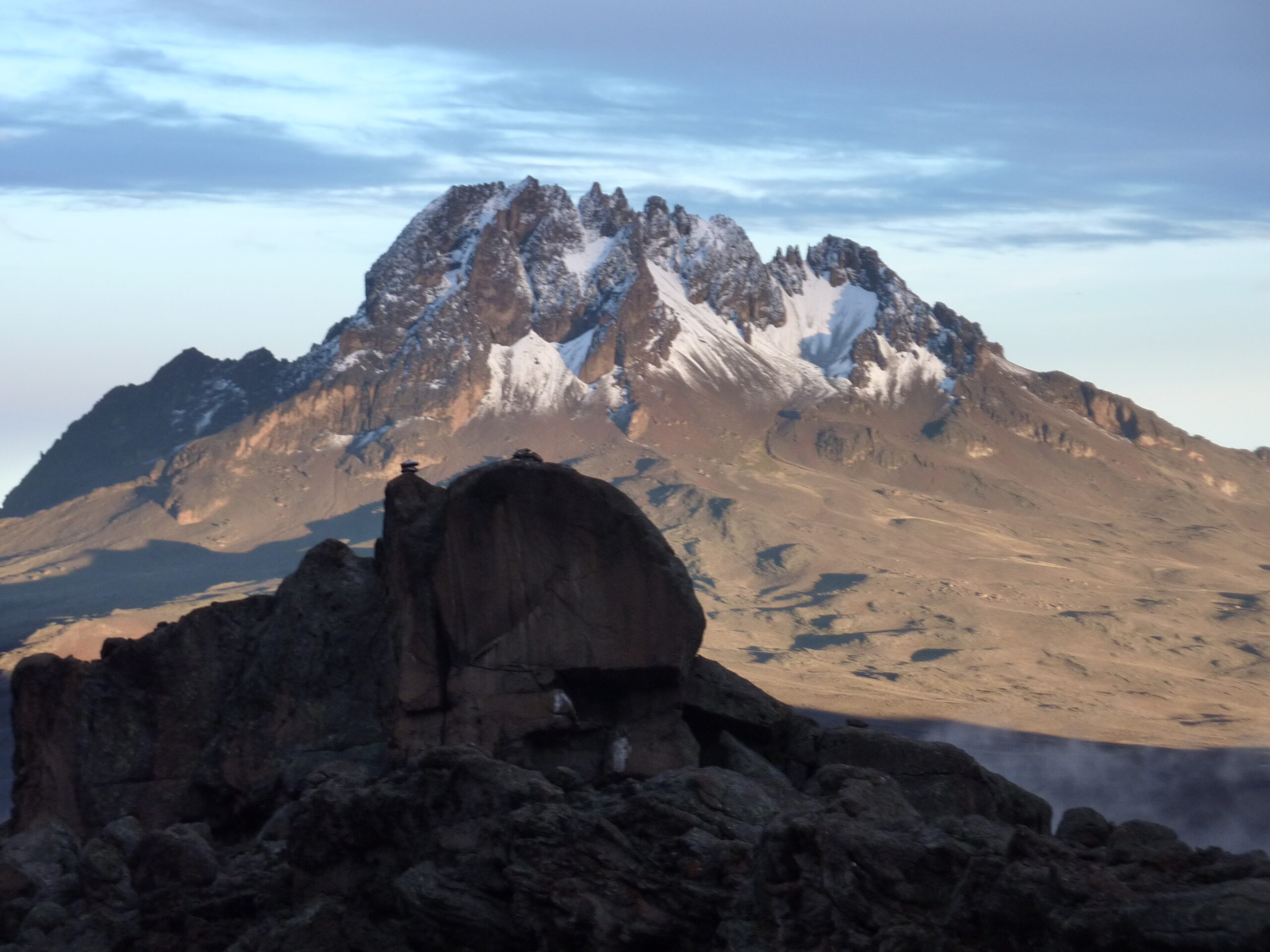
MOUNT KILIMANJARO NATIONAL PARK
Located 128 km from Arusha, it can be reached in 1h50 by car. It extends for 1,668 km². It has been declared a World Heritage Site by UNESCO.
The name itself is a mystery shrouded in clouds. You could say Mountain of Light, Mountain of Greatness.
In the park area there is Mount Kilimanjaro, with its three craters: to the west Shira, with an altitude of 3,962 m, to the east Mawenzi (5,149 m) and in the center Kibo, the highest peak in Africa (5,895 m). Between Kibo and Mawenzi lies a platform of approximately 3,600 hectares, called “the saddle”, which constitutes the largest high-altitude tundra on the continent. The summit of the volcano is covered by a perennial glacier.
Animals to see: elephants, leopards, buffaloes, antelopes.


